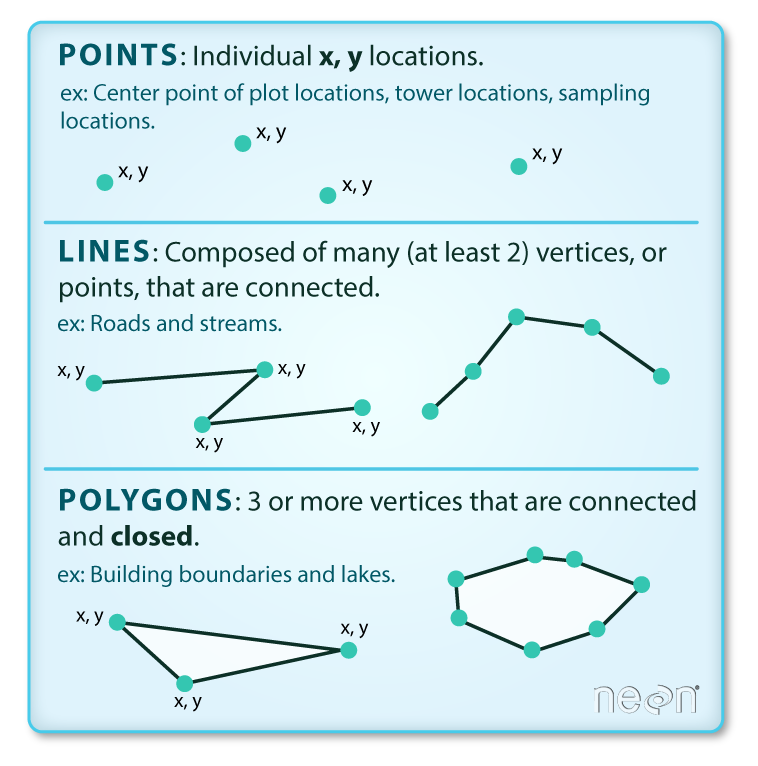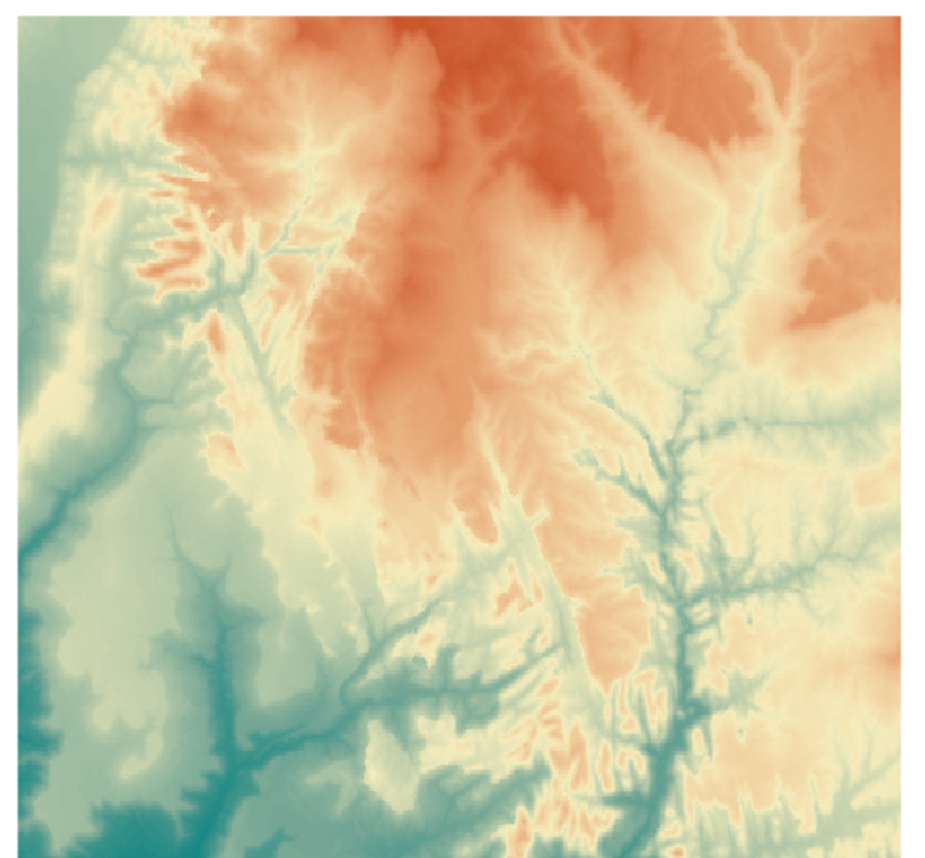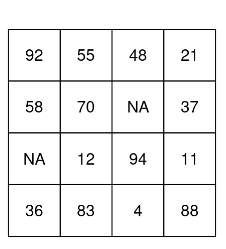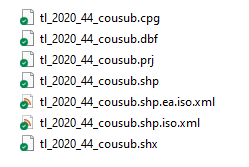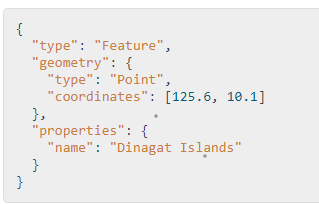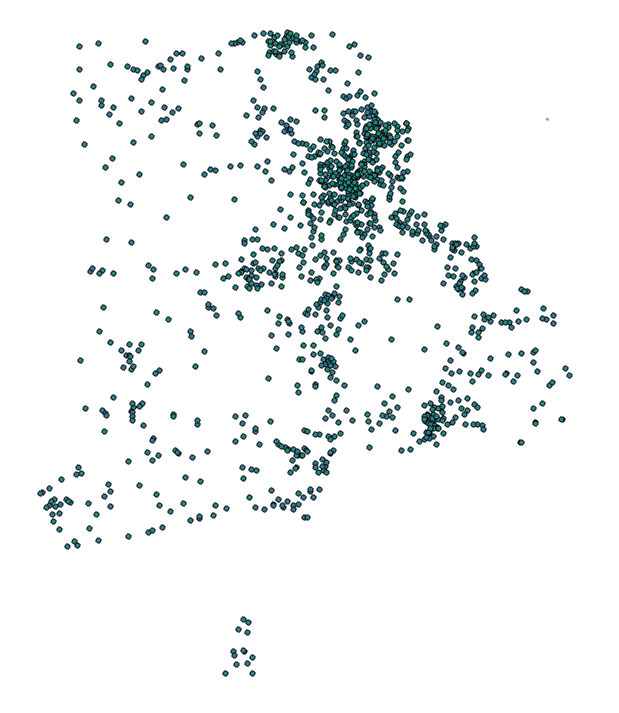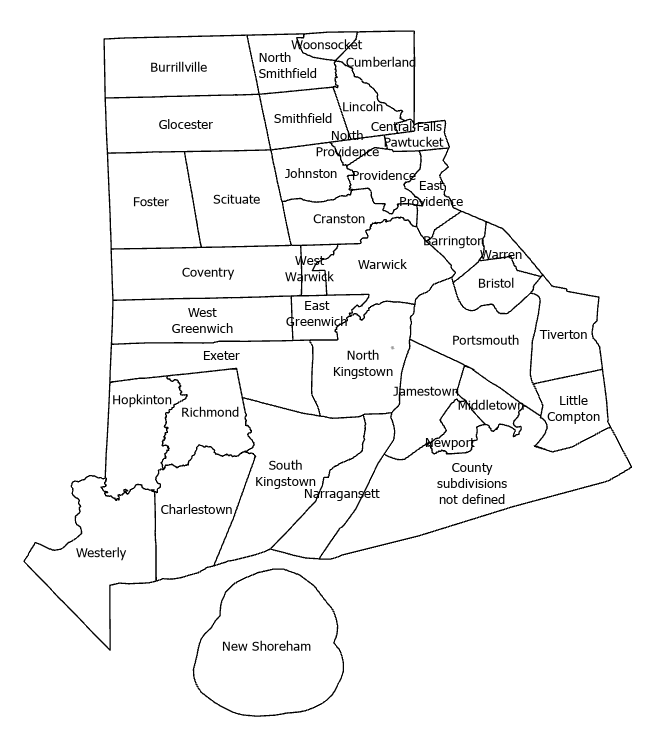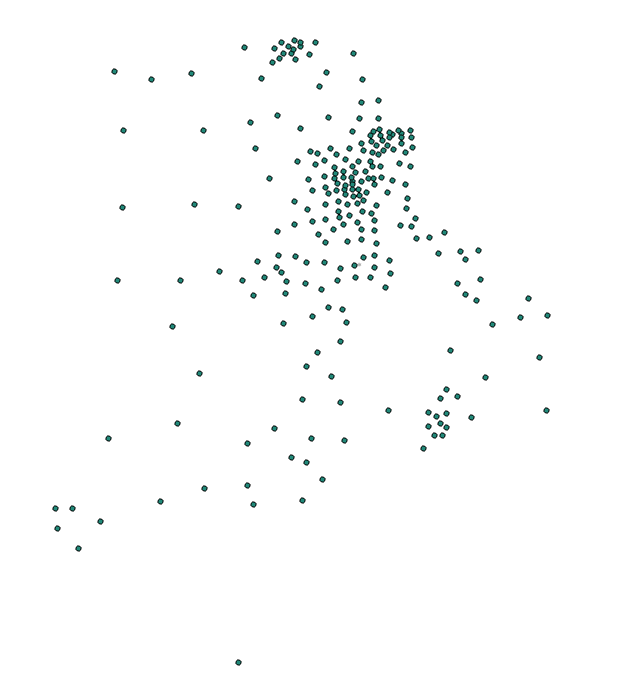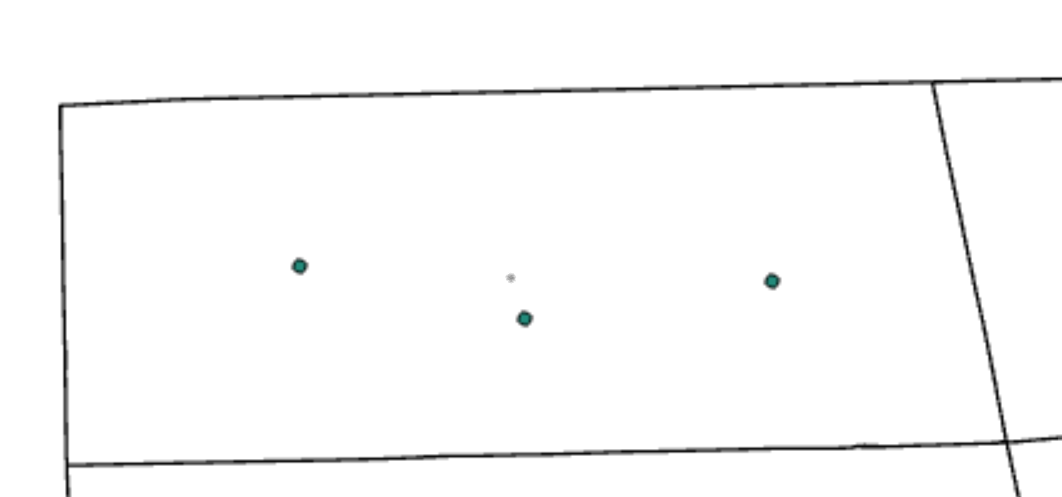Sparse geometry binary predicate list of length 40, where the predicate
was `intersects'
first 10 elements:
1: 89, 96, 100, 101, 102, 199, 397, 399, 404, 407, ...
2: 121, 197, 252, 253, 434, 444, 450, 451, 452, 453, ...
3: 105, 106, 176, 177, 178, 230, 412, 417, 418, 426, ...
4: 123, 124, 229, 466, 478, 480, 482, 502, 510, 764, ...
5: 152, 241, 521, 525, 526, 528, 539, 544, 545, 547, ...
6: (empty)
7: 168, 170, 239, 254, 584, 586, 587, 594, 595, 599, ...
8: 126, 250, 467, 469, 477, 479, 484, 485, 487, 489, ...
9: 133, 144, 155, 523, 524, 532, 538, 549, 555, 560, ...
10: 161, 162, 164, 166, 180, 181, 212, 213, 537, 558, ...
